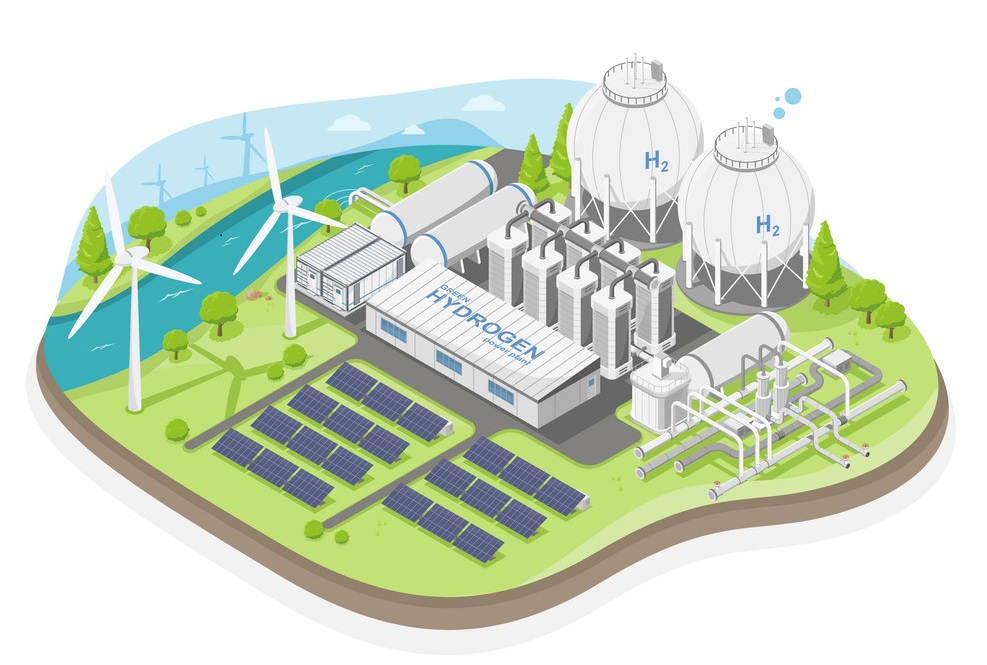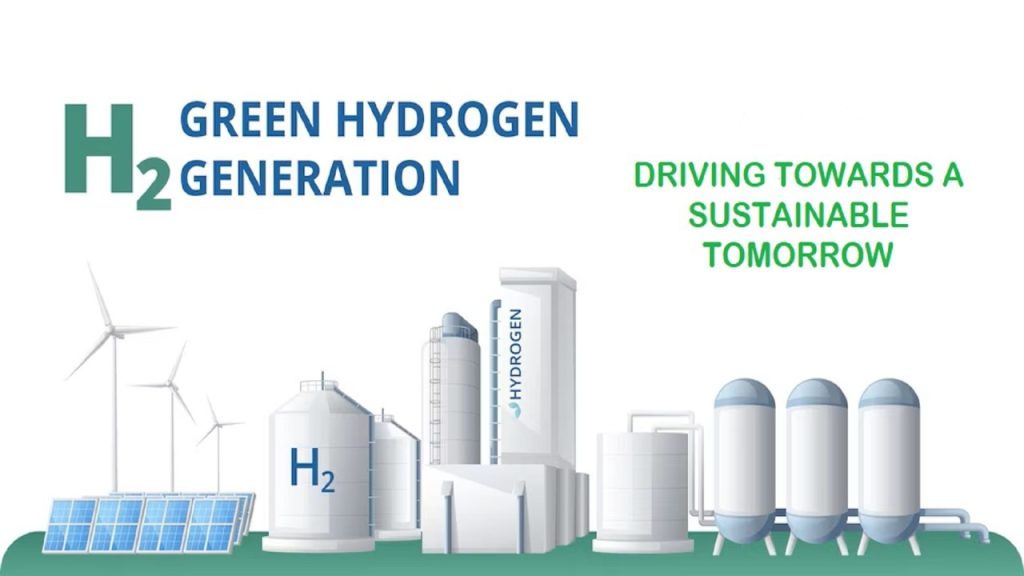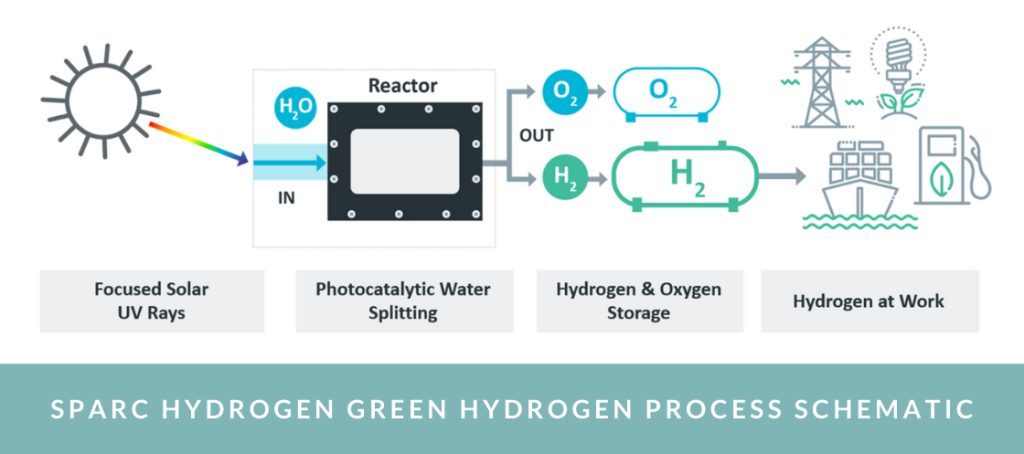Installation of Green Hydrogen Reactor: Building a Sustainable Future
Green hydrogen is a zero-emission energy source produced through the electrolysis of water using electricity. Green Hydrogen Reactors are innovative and environmentally friendly systems developed to produce this clean energy source. Here are the basic steps for the installation of a Green Hydrogen Reactor:
- Identifying the Energy Source:
The first step in installing a Green Hydrogen Reactor is to determine the energy source to be used in the system. Clean and sustainable energy sources such as wind energy, solar energy, or hydroelectric energy are typically preferred.
- Reactor Design:
The design of the reactor to be installed is tailored to the chosen energy source and the production goals set. The reactor includes the elements necessary for electrolysis and is optimized to maximize system efficiency.
- Assembly of Electrolysis Unit:
The electrolysis unit, which forms the foundation of Green Hydrogen Reactors, is responsible for splitting water and producing hydrogen and oxygen. This unit is assembled and integrated according to the specified design.
- Integration of Renewable Energy:
The reactor draws the electricity it needs from renewable energy sources to meet its energy requirements. This makes Green Hydrogen Reactors truly sustainable.
- Control and Monitoring Systems:
During the installation process, control systems necessary for monitoring and regulating the reactor’s performance are integrated. These systems ensure the reactor operates safely and efficiently.
- Maintenance and Optimization:Bakım ve Optimize Etme:
Once the reactor installation is complete, regular maintenance procedures are established, and adjustments are made to keep the system operating at optimum performance.
- Hydrogen Storage and Distribution Infrastructure:
Infrastructure for storing and distributing the produced green hydrogen is established. This step ensures that green hydrogen is made readily available for use.




